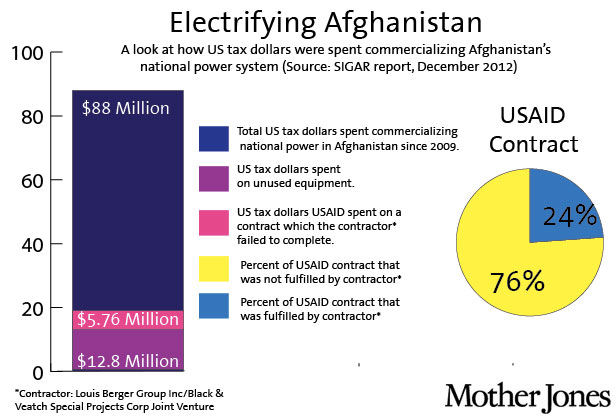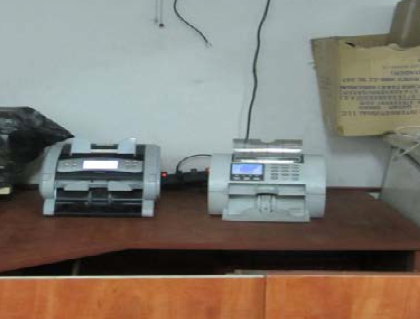One important part of the US reconstruction effort in Afghanistan is beefing up the country’s power grid, run by the state-owned utilities company, Da Afghanistan Breshna Sherkat. As of July 2012, only a third of Afghanistan had access to regular power, and a former UN advisor for Afghanistan told NPR that “energy remains a huge constraint for development of the country.”
The United States is pouring tens of millions of dollars into the country to help the country commercialize its electricity, but a portion of that money is being squandered. A new report by the Special Inspector General for Afghanistan Reconstruction (SIGAR), released on Tuesday, shows that expensive electrical equipment purchased by the Pentagon is sitting unused in a warehouse near Kandahar. SIGAR also found that USAID paid a contractor $5.76 million contractor for a contract that was never completed.
SIGAR John F. Sopko wrote that both of these issues “warrant immediate attention.” Here’s the breakdown of the numbers:












